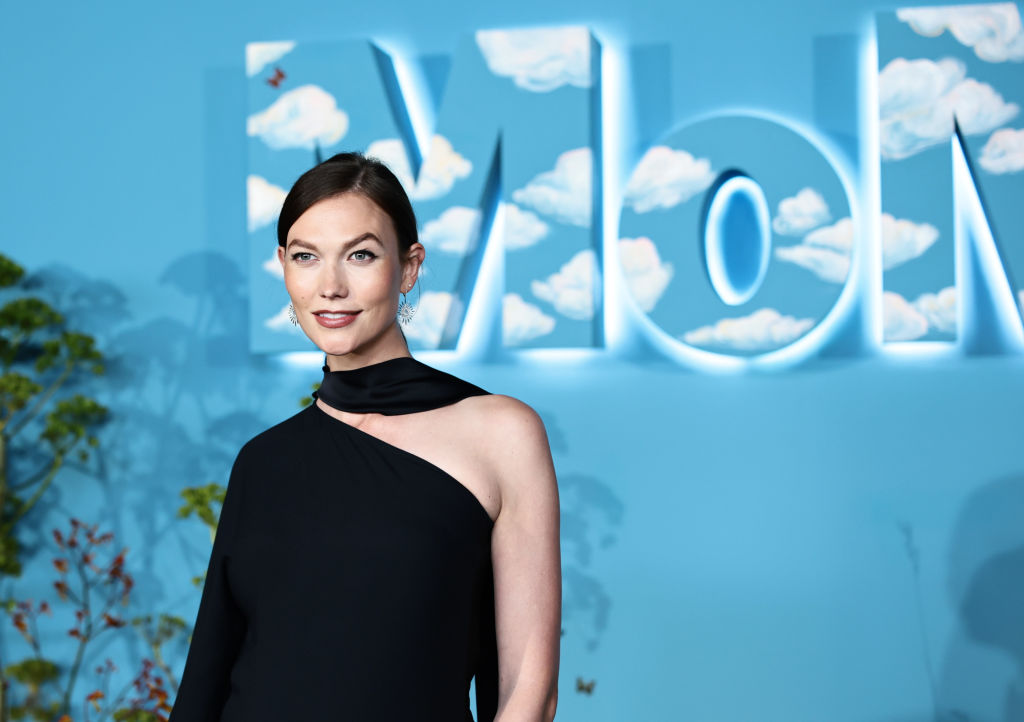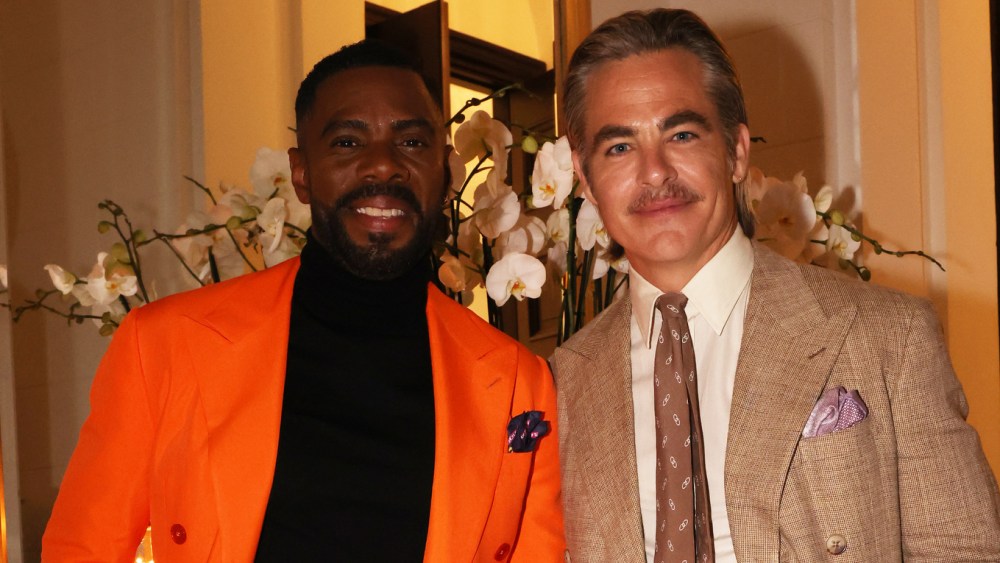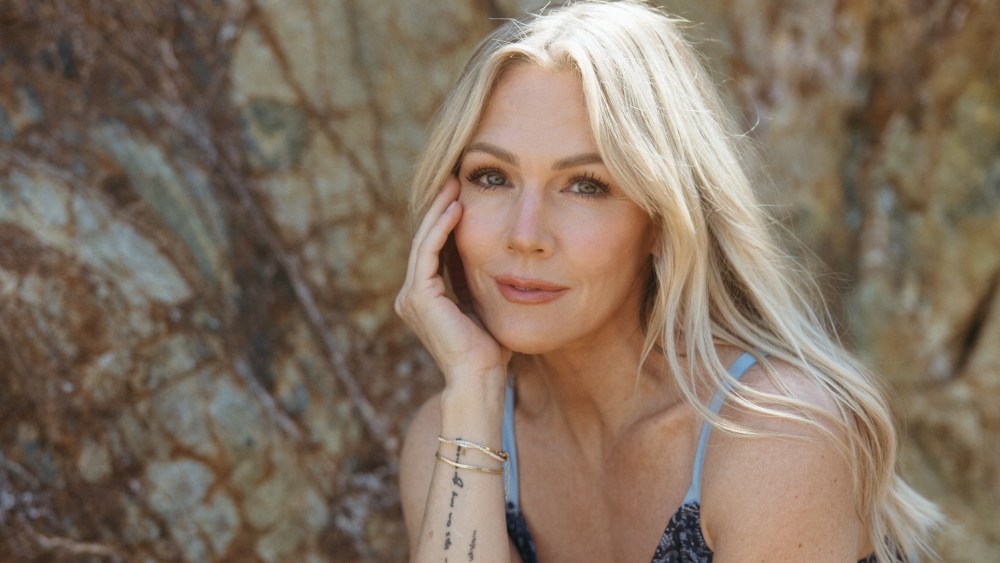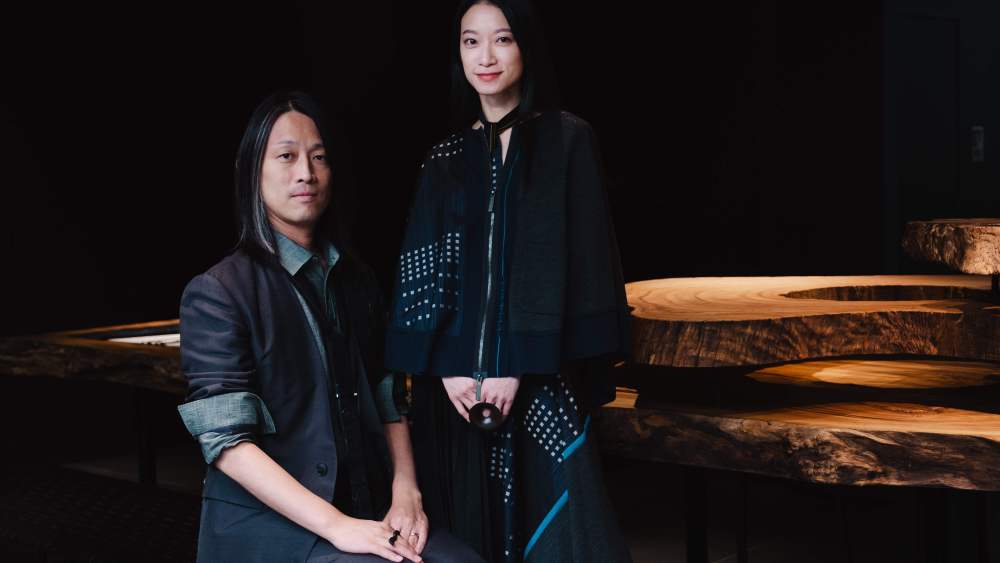What kind of Life will Karlie Kloss and Joshua Kushner have?
Last week’s news that the supermodel-entrepreneur and her investor husband plan to relaunch Life magazine has made many wonder what’s ahead. With a coding initiative and a hearty social media following of 12.6 million on Instagram alone, Kloss is not your run-of-the-mill publisher. Nor is her enterprising Thrive Capital-cofounder husband, whom many associate with his brother Jared, a former senior advisor to his father-in-law Donald Trump. Through their holding company Bedford Media, Kloss and Joshua Kushner plan to revive Life in print, digitally and with video streams as part of a deal with Dotdash Meredith, which maintains ownership of Life photography and archives dating back to the 1930s. It will also continue to publish single-topic special interest magazines.
While heritage and authenticity are tossed around more freely than salt and pepper, with its capitalized red logo and evocative and unblinking photography Life carries a certain gravitas. From 1936 to 1972, the weekly news magazine relied on photojournalism to not only chronicle history, but also to set the narrative for numerous public debates, lifestyle trends and cultural happenings. At its prime, the publication reached 13.5 million people and featured work from Magnum’s Henri Cartier-Bresson, Elliott Erwitt, Burt Glinn and Bruce Davidson and other talents like Margaret Bourke-White, Gordon Parks and Walker Evans. Plenty of nonreaders and future generations could recognize its work unknowingly — such as Alfred Eisenstaedt’s 1945 photo of a nurse kissing an American sailor on VJ-Day in Times Square.
At one point, Life also commissioned work from Ernest Hemingway and other top-notch authors. It also fortified careers and fashion trends, as was the case with a 1955 Claire McCardell cover and a 1962 image of a Lilly Pulitzer-clad Jackie Kennedy. After switching to a monthly magazine in the 1980s, its circulation dwindled, and by 2012 Life’s online presence had gone dark.

Historic as Life magazine was, its future is what is intriguing now. Announcing the news, Kloss, Bedford Media’s chief executive officer, envisioned “an uplifting and unifying voice in a chaotic media landscape.” Given her many modeling ties, brand affiliations, and business ventures, some onlookers questioned how those — as well as her husband’s dealings — could potentially ebb into Life’s content.
It’s all speculative at this point. WWD asked a few photography specialists their views.
Elisabeth Sherman, senior curator and director of collections at the International Center of Photography
“At the International Center of Photography, we are looking forward to the relaunch and further development of Life. The platform Life could provide photographers today is exciting to consider as historically, it served a key role in the evolution of many photographers’ practices including the ICP’s founder Cornell Capa.
“As the first all-photographic news magazine, Life placed key emphasis on how photographs could tell stories, traverse geographic boundaries to give readers access to other places, and provide unique insights into news events. Life was significant in that it blended news coverage with popular culture, covering major events as well as celebrities, fashion and beyond, blurring the boundaries of what ‘belonged’ in a news magazine.
“The magazine’s commitment to visual storytelling helped shape the trajectory of photojournalism, influencing the way narratives were conveyed in the media. Photographers including Margaret Bourke-White, Robert Capa, Gordon Parks and W. Eugene Smith did groundbreaking work for Life, photographing some of the most important events and topics of the 20th century.”
Fred Ritchin, the ICP’s dean emeritus, who started at Time Life’s book division in 1973, a year after Life had suspended its weekly magazine.
“I just finished writing a book two days ago about artificial intelligence and the future of photography. A big part of it is how Life magazine was able to focus people on things going on around the world, make it coherent, make everybody pay attention and focus on societal needs, elections, the Vietnam War, civil rights and all kinds of things, plus all the entertainment, lifestyle and culture stuff. There was science with Linnart Nilsson showing us for the first time inside the human body and what it looked like. (His “Drama of Life Before Birth” image of an 18-week-old fetus appeared on a 1965 cover.)
“A long time ago for a book I quoted Paul Stookey of Peter, Paul & Mary and he said that it was crazy how the big picture magazine was Life and the one that came after was People. Then we didn’t have Life anymore, just People. And after that it was just Us. If you extrapolate out, then we had Self and Me [magazines.] If that Life magazine can go back to the place, where it’s about all of us, and not just me, that would be wonderful.”

(Referring to photography formed in the age of AI, which is the subject of his next book “The Synthetic Eye,” Ritchin continued,) “with image generators, you can make images that look like photographs but are not. You can completely distort what’s going on. Then you put a bunch of them online and people don’t know what happened in history. People don’t know what’s happening today. I’ve been able to make up all of these images like Monica Lewinsky with [Bill] Clinton or [Donald] Trump with Stormy Daniels. It really undermines the incredible witness of photography, which is also something that the new Life magazine will have to deal with.”

Photographer Albert Watson
“In 1948, Eugene Smith did one of the great stories for Life magazine, ‘Country Doctor,’ outside of Denver. (The photographer spent 28 days chronicling the lone physician covering a swath of 400 square miles in an enclave of the Rocky Mountains.) That story was Life magazine. There was a depth of intensity, by taking the chance to highlight a doctor working in Denver. It’s sad to say, but I don’t know if people would care about that now.
“Around 1952, there was a piece about a jive competition in Harlem with Black teenagers. The pictures were outstanding, just sensational. They stay in the tradition of Life. But of course, then they may want to modernize it. I am suspicious about it turning into snapshots from Beyoncé’s latest concert or something, which I’m not saying is a bad thing. Maybe a great photographer could pull off something fabulous.

“Life magazine cut a very broad swath. It had Marilyn Monroe on the cover, and of course, there were thousands of other things. I hope the magazine somehow has that depth and holds onto the photographic integrity of the name. If you were a Life photographer, it was like being a National Geographic photographer. There was global reportage. I hope they don’t turn into something that is too far away from the integrity that Life magazine had. But I wish them luck — that’s for sure. It’s very brave to start a magazine right now.
“If you put a stellar picture on Instagram that is a very strong photograph, and even one that sells very well, you might get a response of 900 likes, which is not bad. But then if you put a sexy shot on, and something that hints that there are breasts involved, you suddenly get 4,000 or 5,000 hits. We had a partial nude of Gigi Hadid that got 12,000 hits. I’m always suspicious of Instagram. But it has worked very well for someone like Karlie and the ole 364 million [followers of] Kim Kardashian.”
Susan Meiselas, documentary photographer, member of Magnum Photos and president of the Magnum Foundation
“What does it mean now? Then Life was our channel to the world. Through Life, we thought we were seeing the world. What we thought we were seeing was of course not the world. It was from a mostly Western perspective. One of the reasons it might feel less significant now is how would it reposition itself to reflect in the world from the perspective of the world, not at the world. That’s a pretty important difference of what the Internet now gives us. We now have an unfiltered experience of the world, principally through Instagram, not just the Internet, but very specific channels that have opened up through the Internet on our iPhones. So what would a magazine do for us?
“There are very few visual magazines and they don’t pay very much even if they do get visibility. It’s a very difficult time. On one hand, many people would say, ‘Oh great, there’s another venue.’ The question [is] what’s their editorial board, their orientation, and what kind of work are they going to showcase?”
Kristen Gresh, Estrellita and Yousuf Karsh senior curator of photographs at the Museum of Fine Arts, Boston, who co-curated “Life Magazine and the Power of Photography” in 2022
“Given the fact that so many of us access the news and information on our phone and computer screens, relaunching Life magazine is an exciting idea! In our society plagued by ‘alternative facts’ and fake news, reissuing the weekly picture magazine brings back material culture and will hopefully be a way to approach current events in a more coherent and less frenetic way than how many source their news today. Flipping through a physical magazine is a very different experience than sourcing news through Instagram, TikTok or other social media outlets. This new magazine can provide a break from endless scrolling over hundreds of news items, and an opportunity to engage more deeply with events across the world.

“I hope that the new Life magazine will seek to present balanced views of current events — with a critical eye aimed at avoiding the implicit biases and systemic racism that is so often found in contemporary media today, and was found in historical media outlets. I also hope that it will continue to put photography at the forefront — emphasizing in-depth photography reporting — with an awareness of how the politics of images can frame urgent and meaningful conversations.“



